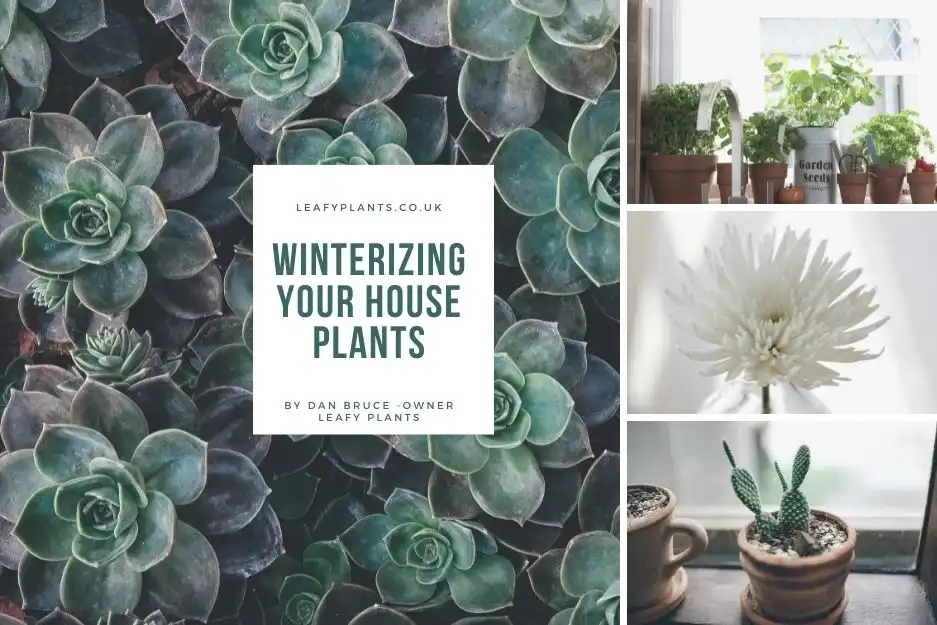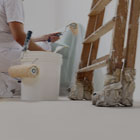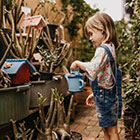-
AllAnytime Fitness Gym Art Blog Bus Fares Bus Service Business Business Expo C2C Care Care Home Charity Children Christmas Cinema City Status Cliffs Pavilion Cliffs Pavilion Review College Community Competition Construction Coronation Coronavirus Design Easter Education Electoral changes Leigh on sea Employment Emsella Chair Environment Essex & Suffolk Water News Essex Police Essex Wildlife Trust News Events Family Fun Fashion Festival Film Finance Fitness Food Food & Drink Foulness Bike Ride Fresh Face Pillow Company Gardening General Election Hair & Beauty Halloween Harp Havens Havens Hospice Havens Hospices Havens Hospices Health & Fitness Health & Beauty Health & Fitness Healthwatch Southend Historicaleigh History Holidays Housing Indian Indirock Jubilee Karen Harvey Conran Kids Kids Competitions Lazydays Festival Legal Leigh Art Trail Leigh Folk Festival Leigh Library Leigh Road Leigh Town Council Leigh Town Council Press Release Leigh on Sea Leigh on sea Folk Festival Leigh on sea Marathon Leigh on sea Town Council Leigh on sea man breaks marathon record Leigh on sea news Lifestyle Livewell Southend Press Release LoS Shop London Southend Airport Los Shop Marathon Mortgage Angel blog Mortgages Mughal Dynasty Music My Mortgage Angel MyLoS NHS News News Offers Palace Theatre Parenting Parking Pets Picture Of The Week Pier Politics Press Release Press Release Southend City Council Professional Property Property Of The Week RSPCA Ray Morgan Re:loved Recipes Recycling Restaurant Restaurant Review Restaurants Review Roads Rotary Club Royal Hotel Royal Visit SAVS Schools Seafront Shopping Shows & Music Review Shows & Music Shows & Music Review Southend Southend Airport Southend Borough Council Press Release Southend City Bid News Southend City Council Southend City Council Press Release Southend City Council Press Release Southend Community Safety Southend Hospital News Southend In Sight Southend In Sight Southend In Sight Press Release Southend on Sea Sport The One Love Project The Ship Hotel Theatre Theatre Blog Theatre Review Theatre review Transport Travel Travel Veolia Volunteer Weddings Whats On c2c
Winterizing Your House Plants

Winter is coming, as they tended to say in that one TV show from a few years back. In that show it was a warning that harsher times were on the way, and the end of the world could be around the corner. Winter in real life isn’t that bleak though, as it mainly means we have a bit more hot chocolate and top on a horrible jumper. However, for houseplants it can really feel like the end of days – literally. Your houseplants, as with all living things, thrive on light and heat, so in the winter months it can become a challenge keeping them healthy. Even in a temperature-controlled environment such as your living room, houseplants can really suffer during the colder periods of the year.
From evening frosty chills to temperatures fluctuating indoors, houseplants – as well as plants you’ve brought indoors for the winter months – can be put under incredible amounts of stress, and it’s important to keep your plants healthy and thriving by winterizing them as much as possible. With a little modification to their care routines you can avoid yellow leaves or throwing your once favourite plants out with the wrapping paper on Boxing Day.
Research is Key
By now you’re probably more than accustomed to hearing that different plants have different needs. Plant lovers know that care tips such as ‘water your plants once a week’ don’t really suit today's more complicated plants. There can be considerable care differences to many plants in your home, and that goes for looking after them during the winter months too.
Always remember that tips online are always more guidelines for an overall, more complicated care routine. If you’re unsure if the care routine suits your exact plant, hop online and seek out that plants specific care details.
Recreate its natural environment
Even the hottest places on earth have winter seasons. True, they're not all 2 inches of snow and minus temperatures, but their environments can get dramatically colder, especially at night time. One of the best pieces of advice I can give is to research the winter months of your plant’s original regions, and replicate it as best as possible. Why is this helpful? Well, many plants from colder regions have dormant periods during the winter months, where they require far less food and water. Plants from hot and humid locations that don’t have winter months will need very different conditions to those of colder climates. The goal of successfully tending for your houseplants during winter isn’t to turn your house into a sauna and hope for the best, but to mimic the winter months of its home.
Watering your plants
During the winter months indoor plants need far less water than the hotter, more humid summer months. Humidity during winter drastically drops, so you would assume plants would need to be watered more, but it’s the opposite as houseplants go through a slower growth rate, with some even going into a dormant period. Nearly all plants need less water during winter (think of them like a bear in hibernation) and over-watering can eventually lead to root rot.
The tried and tested method of sticking your finger in the soil to see if your plant needs water is still a great way of determining if it’s thirty. The surface soil tends to dry out more quickly over the winter, so your plant can sometimes look like it’s desperate for water when in fact, under the surface, it’s absolutely fine. It’s also important to remember that plants are just like humans when it comes to water, and are not fans of being splashed in shockingly cold liquid. In fact, dousing them in cold water can have long-term damaging effects on the roots, so try to climatize the water to room temperature first.
The sun’s location is key
Plant owners can spend hours finding the right spots for their plants when they first get them. A bookshelf, a windowsill in the kitchen or perfectly placed next to the coffee table – it brings even the barest room together. But in winter we have to set aside our interior design aspirations and put our plants' needs first. Obviously, there are fewer hours of light during the day, but also the direction of the sunlight changes too. Get up early one day and see where the light comes from, and how your home reacts to it throughout the day, and use this information to best place your plant.
British homes are notoriously draughty too, so if you can feel the cold from sitting too close to a window, then so can your plant. Try not to place them in areas of the home which have fluctuating breezes blowing through, as that temperature change can have damaging effects on the plant’s health.
Remember to rotate your plant regularly when watering as lower levels of light means that it will find it harder to reach all areas of the leaves.
Dust is not your friend
All plant owners will know that a regular dusting of your plants is needed every now and again. For many people, it’s solely to bring out the colours and keep everything nice and clean, but there are health benefits to keeping your houseplant clean and free from dust. Dust particles are commonplace in all homes, and you will regularly see them resting on a plant’s foliage, and while they don’t cause as much damage as bugs or over-watering, it does have one annoying habit – stopping the light particles reaching the surface of the plant. Layers of dust on a plant will reduce the amount of light they receive over the course of a day, and during winter plants will need all the light they can get.
It’s a very easy problem to resolve, as all you need is a slightly damp cloth and a few minutes to lightly wipe them down. Wiping down the foliage will clear away the dust and allow the plants better access to light during the winter.
Temperature changes
As humans, we may love a cold, frosty morning, but you’ll be hard pressed to find someone who enjoys a cold home, and houseplants are exactly the same. As stated above, you want to keep plants away from cold draughts, but you also want to make sure that you don’t overheat them by placing them too close to radiators or fireplaces. Ideally during the winter you want to create a steady and uncomplicated environment for your plant, where the temperature doesn’t fluctuate too much over the course of day to night If you’ve designed your room to always provide the best source of light and heat for you when on the sofa, chances are it will also be good for your houseplant too.
ADD A COMMENT
Note: If comment section is not showing please log in to Facebook in another browser tab and refresh.
























